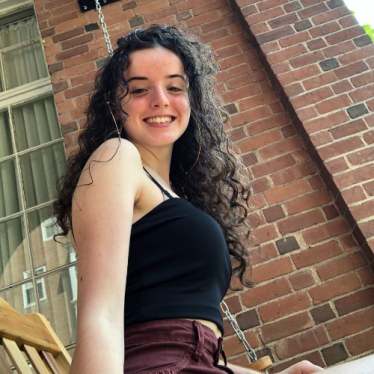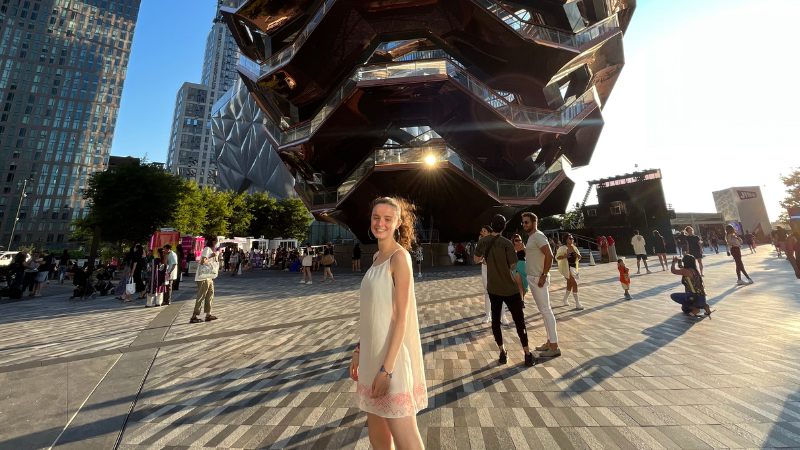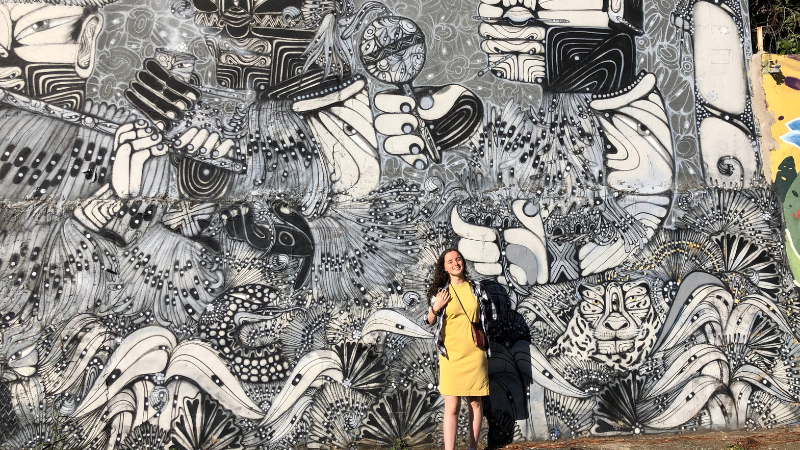Reason #30 You Should Visit
Diverse local bookstores
Latin American Studies and Government

Class of 2023
Latin American Studies and Government
Other clubs, sports and activities you’d like to mention:
SOCA (Smithies of Caribbean Ancestry), MMUF (Mellon Mays Undergraduate Fellowship), The Sophian, and the Wurtele Center
When it comes to Latin American Studies, is there a particular country or time period that intrigues you the most?
I came into Smith knowing that I would major in Latin American Studies because being Colombian bleeds into every facet of who I am. I cannot navigate life without my diaspora. Because I have been told that Colombia and the rest of the Caribbean are not central to scholarly thinking in the field, I am determined to bring my region to the forefront for the betterment of our communities. This is the only option I have. I cannot fold on who I am.
I came into Smith knowing that I would major in Latin American Studies because being Colombian bleeds into every facet of who I am.
If you could teach people one fact from your Latin American Studies major, what would it be?
There are currently only seven students majoring in Latin American Studies in the entire college, yet we are one of the most interdisciplinary departments! [ed note - LAS wishes to clarify that there are currently twelve students]
Describe one moment with friends or classmates that particularly sticks with you.
I have always made an effort to take classes outside of my major to take advantage of everything that Smith has to offer, and these have generated some of the most memorable moments. One of my favorites has been Prof. Yanlong Guo's “Meditations in Caves” on the art history of Buddhist grottos. Prof. Guo had very innovative teaching methods to encourage class engagement. One that I particularly enjoyed was when we worked in teams to design our own cave, after learning about the various features that distinguish Buddhist grottos from one another. It was a fun assignment where each team member contributed their own wild ideas virtually unrestricted. At the end, each group shared their drawing with the class. We had a great time presenting as a team and seeing the different directions that each group took the assignment.

